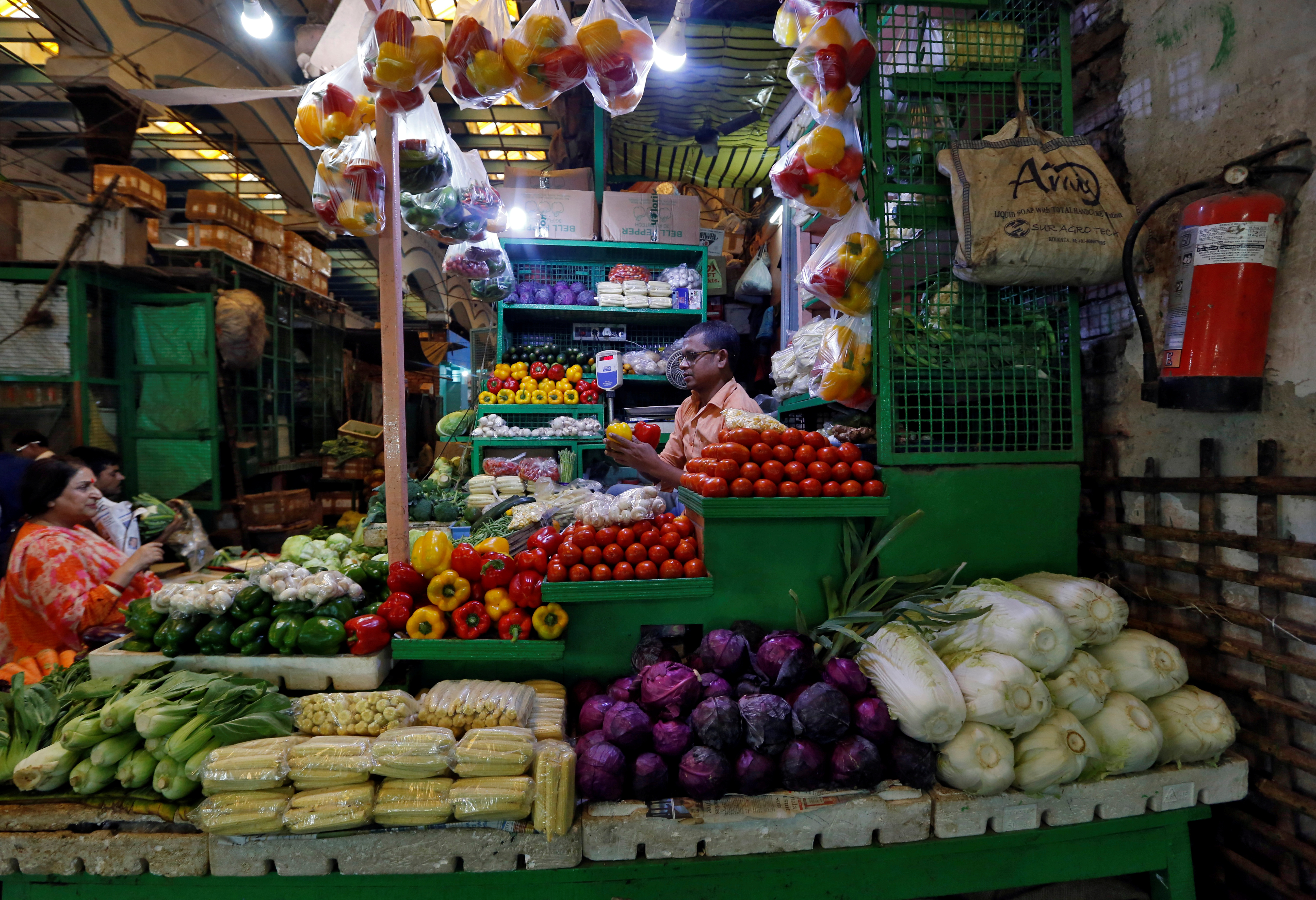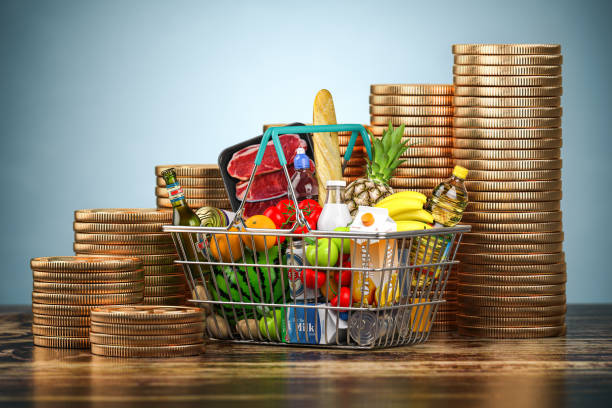March 2023 Sees An Ease In Retail Inflation.
The March consumer price index (CPI) inflation comes after 7 days from RBI's Monetary Policy Committee (MPC) kept interest rates at a status quo

Retail inflation in India fell below 6% for the first time in 2023 — and just the third time in the previous 15 months — to 5.66% in March 2023. The decline was boosted by base effects since the same month last year saw an almost 7% price increase. The March inflation rate was last seen in December 2021, when prices climbed faster than the Central Bank’s upper tolerance threshold of 6% for 10 months in a row.
Notwithstanding the reduction in the final month of the fiscal year, Indian consumers faced an average inflation rate of 6.66% from 2022 to 2023. This exceeds the Central Bank of India’s (RBI) February forecast of a 6.5% average price growth.
Reduced inflation forecasts starting from March.
Although delaying interest rate rises to keep inflation under control at its monetary policy review this month, the RBI expects inflation to drop to 5.2% this year, with the April to June quarter average of 5.1%. In 2022, the same quarter had an average price increase of 7.28%.

In March, the CPI spiked by 0.23% monthly, while the Consumer Food Price Index (CFPI) increased by 0.3%. According to National Statistics Office data, food price inflation fell to 4.8% last month from 7.7% in March 2022 to 6% in February.
Consumers in rural areas will benefit.
Rural consumers had a larger decline in inflation, which fell from 6.72% in February to 5.51% in March, while urban consumers experienced just moderate respite, as their price rise fell from 6.1% to 5.89% over the same time.
Among food categories, vegetables remained deflationary, with prices falling 8.5% yearly. Oil prices plummeted for the second month in a row, with the year-on-year price correction speeding up from 0.5% in February to 7.9% in March. Meat and seafood prices fell 1.4% from March 2022 levels last month, compared to a 3.4% increase in February.
Widespread decline.
Nonetheless, cereals, milk, and spices inflation remained relatively high, while fruit prices increased 7.6% in March, compared to 6.4% in February. Cereal price increases dropped somewhat from 16.7% in February to 15.3% in March. Similarly, milk inflation fell somewhat in February, from 9.65% to 9.31%, while spices inflation was 18.2% in March, following three months over 20%.

The sequential drop in CPI inflation in March 2023 was broad-based across the major sub-indices. It includes only housing registering an increase, Aditi Nayar, chief economist at ICRA, noted. In March, housing inflation reached over 5%.
A moderate decline is predicted.
According to CRISIL senior economist Dharmakirti Joshi, the significant decline in headline inflation was supported by a large base effect, which is projected to keep the inflation rate lower until the first quarter of 2023-24. Mr Joshi anticipates that food inflation will fall significantly and fuel costs will fall this year, assuming average southwest monsoon rains and a minor impact from unseasonal rains last month.
Core inflation — the RBI’s pain point due to its stickiness — could drop only marginally due to ongoing pass-through of high input costs by manufacturers, he said, adding that the central bank is anticipated to keep interest rates on hold until inflation exceeds its expectations.
Folks expect the top bank to lower rates by the end of this fiscal year as GDP slows and inflation moderates, Mr Joshi said. Retail inflation in India has been over the RBI’s 6% objective for three consecutive quarters, and it returned to that level in November 2022.
)
Conclusion.
Retail inflation in India has been over the RBI’s 6% objective for three consecutive quarters, and it returned to that level in November 2022. The March consumer price index (CPI) inflation comes after 7 days from RBI’s Monetary Policy Committee (MPC) kept interest rates at a status quo. Governor Shaktikanta Das, on the other hand, stated “it is a pause, not a pivot.”



